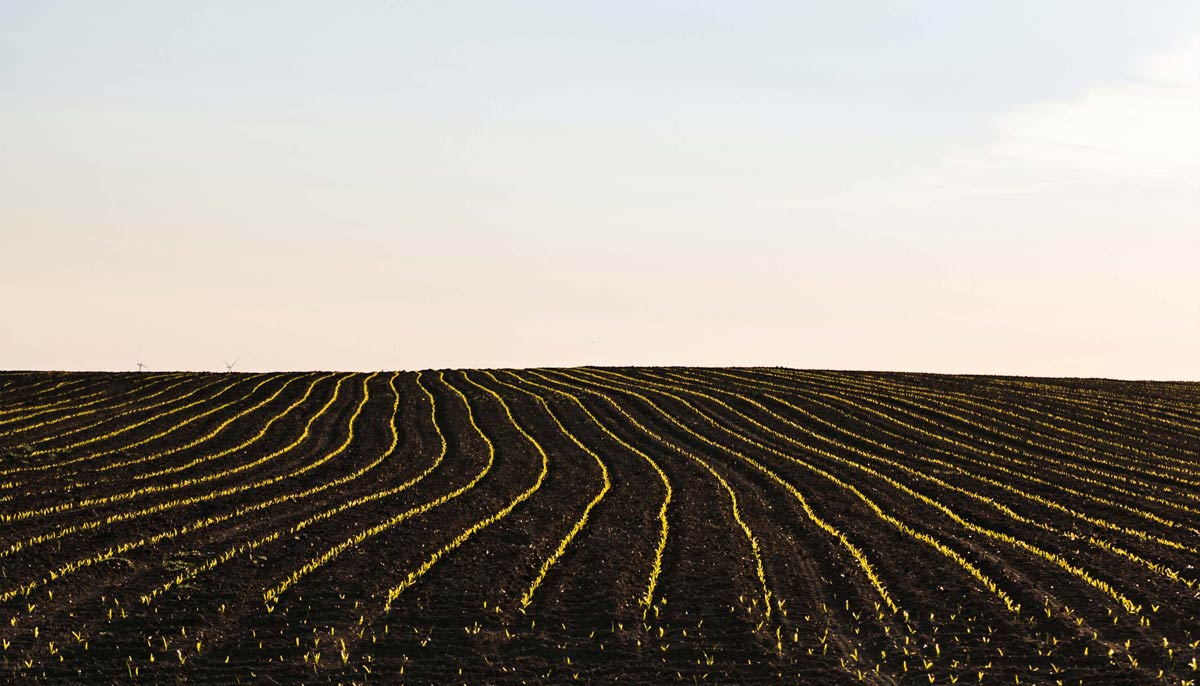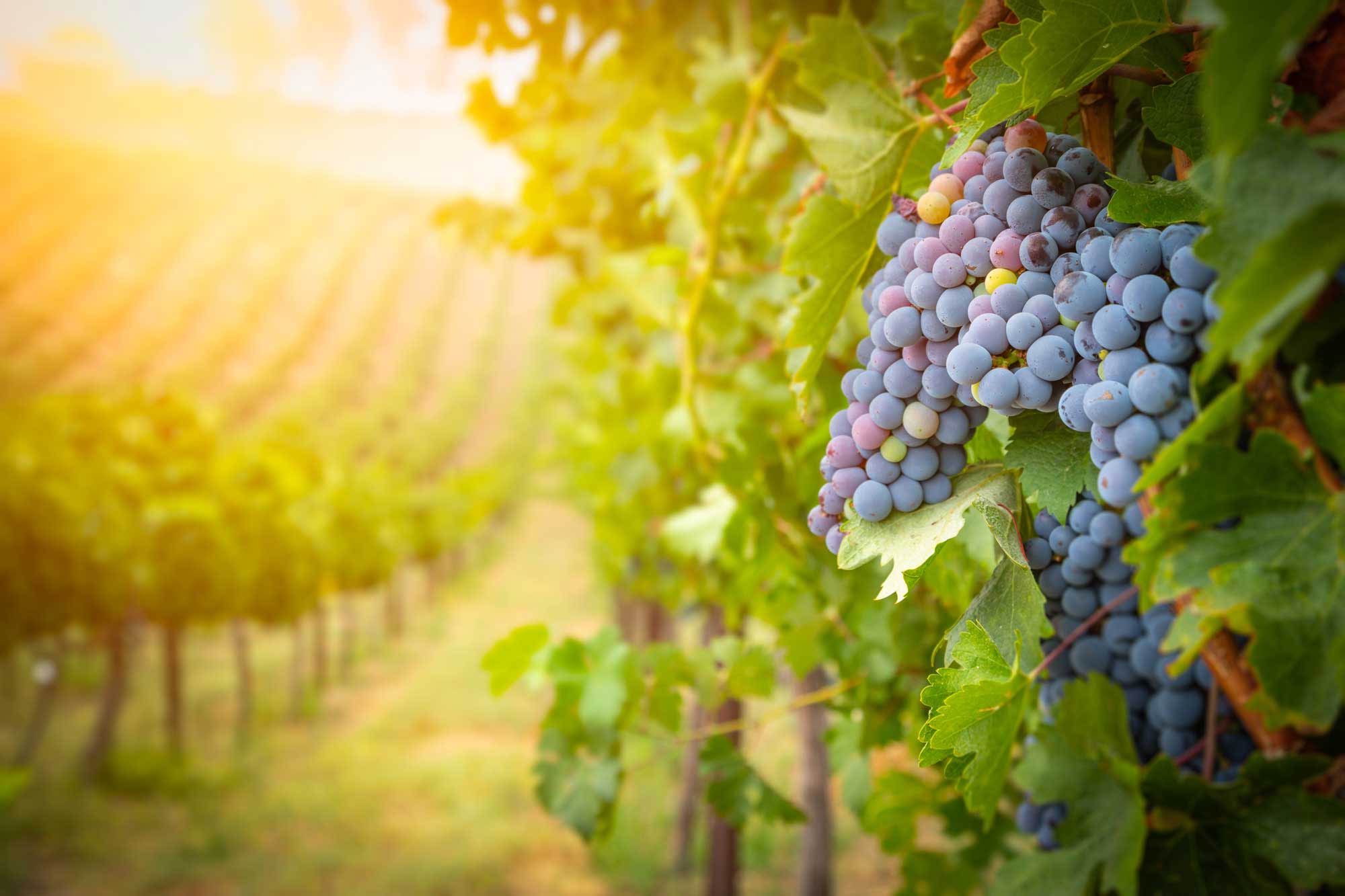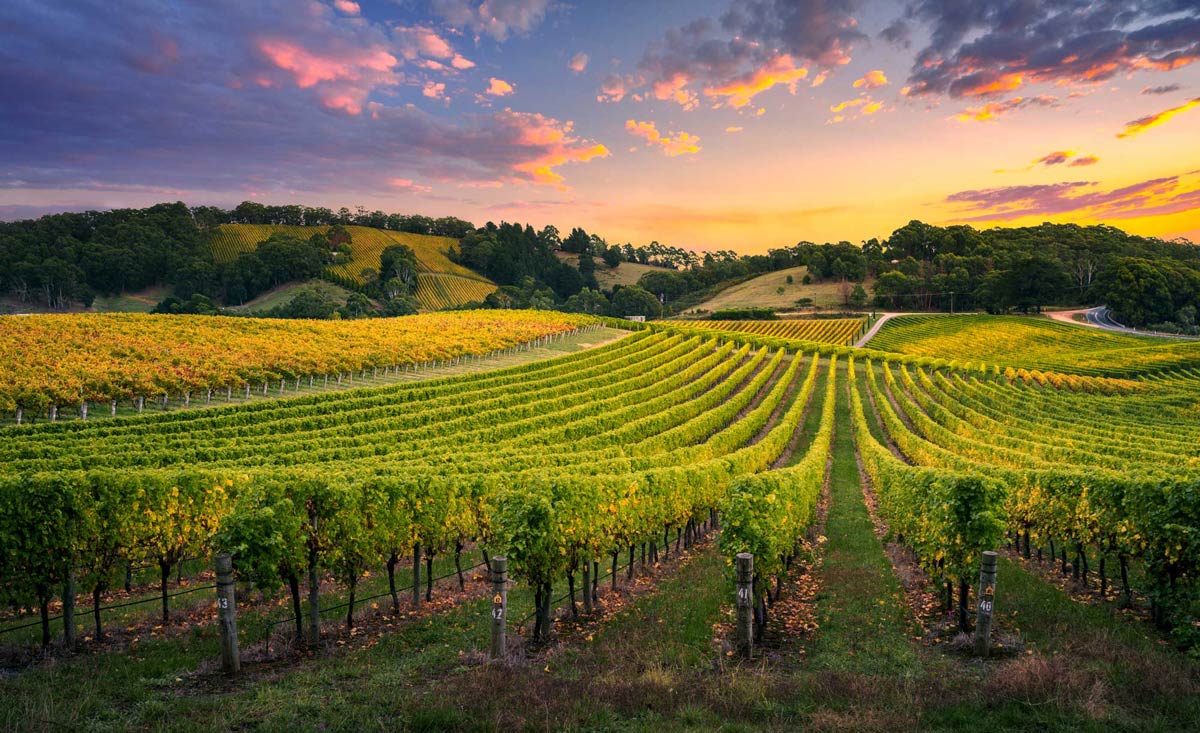
As for the Syrah, it comes from two distinct regions. First, much of it is sourced from the Fitou area in France, which is a cool region located near the sea. The vines are located on alluvial and marl soils.
Then about a third of the Syrah comes from the drier terroir of Corbières, characterized by a hot and arid climate, balanced by cool nights, and stony terraces planted at 100-150 metres.

The grapes were harvested during the first two weeks of September 2021.

The Grenache was harvested at full maturity, then vinified according to a traditional method respectful of the grape variety. The post-fermentation pomace contact lasted 10 days for a gentle extraction of the tannins.
The vinification of Syrah grown in the maritime region developed the varietal fruity character (red berries) and softened the tannins.
In the arid zone, the Syrah was picked overripe to bind the tannins and give volume and body to the blend.

Sporting a garnet red colour, it reveals an expressive nose of ripe strawberry and cherry, sweet spices, and fresh herbs, as well as supple and silky tannins.

The final selection was made on March 8, 2022, by our tasting committee, whose members have over 40 years of combined experience in wine tasting.
First batch
The L221130 batch was bottled in Montreal on November 30, 2022. A total of 31,566 bottles were produced.
A tasting was done on December 2, 2022, to ensure the profile and quality conformity of the bottled wine with the initial selection. Quality control, including an organoleptic analysis, was completed on December 4, 2022.
